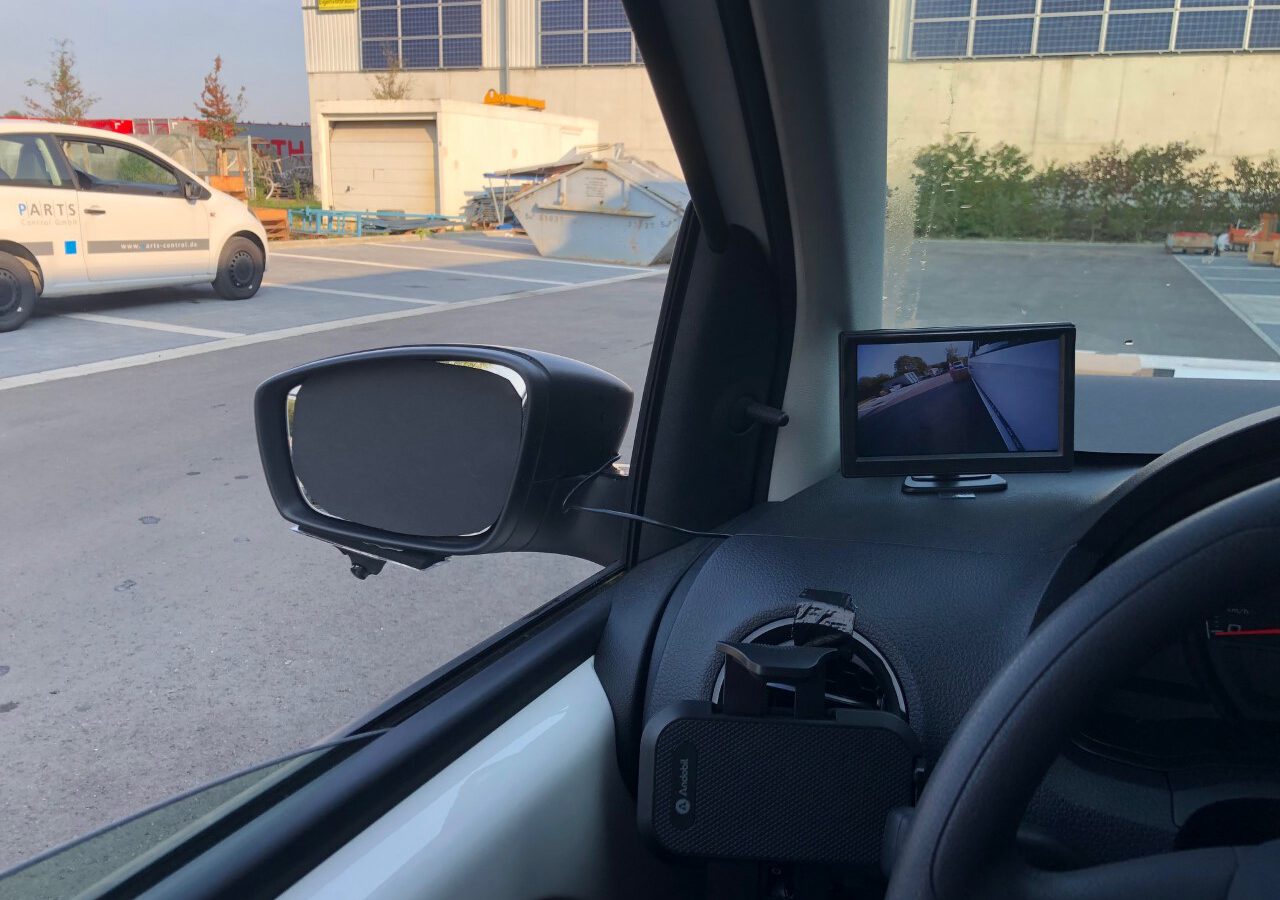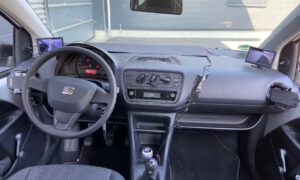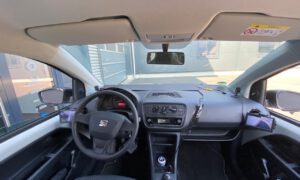Concept study on customer acceptance of camera-monitor systems

Kempten / Illertissen. Digital rear-view mirrors are no longer news, they are on the rise. On the one hand, for aerodynamic reasons and the associated energy savings – especially in the case of electromobility, every kilometer saved counts. On the other hand, the new camera-based systems provide a more comprehensive retrospective view and thus greater safety. But what about customer acceptance?
The Adrive Living Lab, the research partner of MdynamiX in the Allgäu region, is also familiar with the topic of digital rear view mirrors. Already in 2018 the team had conducted a study with the title “User Experience in Real Test Drives with a Camera Based Mirror – Influence of New Technologies on Equipping Rate for Future Vehicles”. The study focused on customer acceptance of a camera-based hybrid mirror.
The results of the 2018 study can be summarized as follows: “95% of the test persons have a wider field of vision with the display interior mirror, thus gaining a better overview of what is happening on the road and having a greater feeling of safety”. The fact that the advantages of a CMS exceed those of a conventional mirror is also largely judged by the trade press.
This time the focus is on user acceptance for digital side mirrors – known from the Audi e-tron or Lexus ES 300h models. The reservations are still high, which is not to be underestimated also by the low level of awareness in the potential buyer segments. The Human Factors Team of the Adrive Living Lab at the University of Applied Sciences in Kempten is concentrating both on customer acceptance and on determining the most diverse customer requirements of this camera-monitor system (CMS) and has drawn up a concept study.
Content of the study
The driver acceptance of the camera-monitor system as well as the perception of the driver was examined in an online survey as well as by interviewing test persons.
Questions for the driver acceptance of the CMS were for example
– What benefit does the driver hope to gain from CMS?
– Which characteristics do the users like about the system?
Questions about the perception of the driver were for example
– Which of the possible positions do the users prefer?
– How quickly does the driver adapt to the CMS?
– How intuitive is the system for the users?
– What do the users like and what do they find disturbing?
By means of an online survey prior to conducting the test person study, the general attitude of the respondents to the topic of CMS was determined in order to gain information about the attitude of the test persons before their first usage. In the subsequent trips with and without CMS, the aim was to evaluate the impressions and acceptance of the respondents through the actual use of such a system.
The conventional mirror was compared to two camera-monitor systems. The CMS was also tested on two camera positions.
Results
This study confirms that the benefits of a CMS are of high value to the consumer and therefore customer acceptance is high. The digital side mirror finishes better with the test persons* than the conventional mirror. A differentiation must also be made here: The position of the cameras in the interior plays an important role here.
Especially the screen position 1, which is similar in height to the exterior mirror, was preferred over position 2, which is further down, as shown by the results of the online survey as well as those of the test person study
The big conclusion of the concept study was that the test persons’ enthusiasm for the camera-based system increased significantly – and this finding is of great value to the car manufacturers in order to increase customer satisfaction!
Photo Credit: Fabian Kolb




